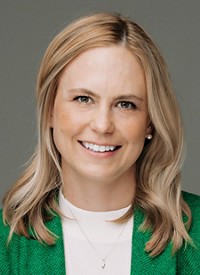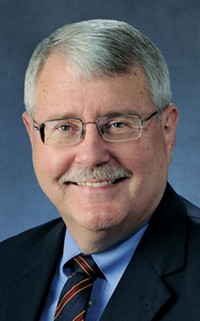Advertisement
Grab your lab coat. Let's get started
Welcome!
Welcome!
Create an account below to get 6 C&EN articles per month, receive newsletters and more - all free.
It seems this is your first time logging in online. Please enter the following information to continue.
As an ACS member you automatically get access to this site. All we need is few more details to create your reading experience.
Not you? Sign in with a different account.
Not you? Sign in with a different account.
ERROR 1
ERROR 1
ERROR 2
ERROR 2
ERROR 2
ERROR 2
ERROR 2
Password and Confirm password must match.
If you have an ACS member number, please enter it here so we can link this account to your membership. (optional)
ERROR 2
ACS values your privacy. By submitting your information, you are gaining access to C&EN and subscribing to our weekly newsletter. We use the information you provide to make your reading experience better, and we will never sell your data to third party members.
Comment
Prioritization: Hard but necessary decisions
by John E. Adams, Chair, ACS Board of Directors
October 19, 2019
| A version of this story appeared in
Volume 97, Issue 41

I begin this Comment with the proposition that the American Chemical Society cannot be everything to everybody. Yes, the society benefits from the contributions of an enthusiastic and dedicated group of volunteer members, the commitment of a hardworking and mission-oriented staff, and a strong balance sheet, yet none of these enviable positives are limitless. Maximizing impact given finite human and financial resources necessitates prioritization and channeling those resources in support of the activities in which ACS makes a critical, unique contribution to advance the chemistry enterprise and its practitioners. We know how we prioritize in our own professional and private lives (or decide not to do so and deal with the consequences), but how does ACS make those hard choices?
First, it is important to acknowledge that every ACS activity, current or proposed, enjoys the support of some segment of the membership, and sometimes that segment is exceptionally vocal even though the activity itself affects relatively few members. Furthermore, there may be programs having no well-defined constituency, though they directly support the society’s core values and fundamental strategic goals. My point is that prioritization in an organization with a diverse membership, complicated governance structure, and dozens of programs necessarily involves hard choices. It thus should come as no surprise that the ACS approach to prioritization has been and remains an evolving process. The society’s governance documents specify that the Society Committee on Budget and Finance has the responsibility of studying all activities supported by the budget and recommending an order of priorities, whereas the board of directors has the ultimate responsibility for implementing that prioritization by deciding what will or will not appear in the budget for the upcoming year. This directive seems simple enough, but much volunteer and staff effort goes into program analysis before the final budget decisions are made.
Formal program review began in 2006, with the process being invented as time progressed. As you might guess, this review process was unsettling for staff and committee members, most of whom had not been asked previously to assess ACS activities’ impact on the membership or the chemical enterprise. As you would expect with any new exercise, some wondered whether it was a one-off and could be discounted or whether it represented the first step in a continuing commitment. For those directly involved, both the reviewed and the reviewers, this initial process proved time intensive. Ultimately, though, the lesson derived from the exercise was that a comparative ranking of programs is exceptionally difficult. Advancing the chemistry enterprise is a broad and challenging task—how does one compare programs that have different goals, address the needs of different members, and affect those served differently? The feedback from the review process did prompt some programs to refocus, but the overall assessment exercise proved unsatisfactory in answering the question of how best to use ACS resources in support of its fundamental strategic goals.
A more recent iteration of the review process has attempted to focus on the entire program portfolio in the context of the current needs of the members. This more holistic attempt at program portfolio management, though not substantially reducing the effort involved, has produced some fund reallocations, but we clearly have more work to do. In the coming months, the Committee on Budget and Finance will be considering further process improvements aimed at maximizing the program review’s value to budget decision-making as well as to the programs themselves. And of course, we welcome strategies for reducing the time commitment of staff and volunteers involved in program review.
Although some have assumed that the goal of program review is mere cost cutting, that view is misguided. I have noted previously that an inexpensive program delivering no appreciable value to members is unworthy of what little is spent on it. On the other hand, a costly program may warrant a budget increase if it delivers real value, whether that be in enhancing members’ careers, improving the quality of chemistry education, or facilitating the curation and transmission of chemistry information. I certainly do not wish to minimize the difficulty of balancing resources with the needs of our members; no simple procedure, no checklist, no scoring rubric will render prioritization quick and straightforward, and volunteer member involvement will always be critical. Nonetheless, we remain committed to the constant improvement of our evaluation processes and to addressing your needs effectively and efficiently now and in the future. I welcome your feedback and suggestions at j.adams@acs.org.
Views expressed are those of the author and not necessarily those of C&EN or ACS.





Join the conversation
Contact the reporter
Submit a Letter to the Editor for publication
Engage with us on Twitter